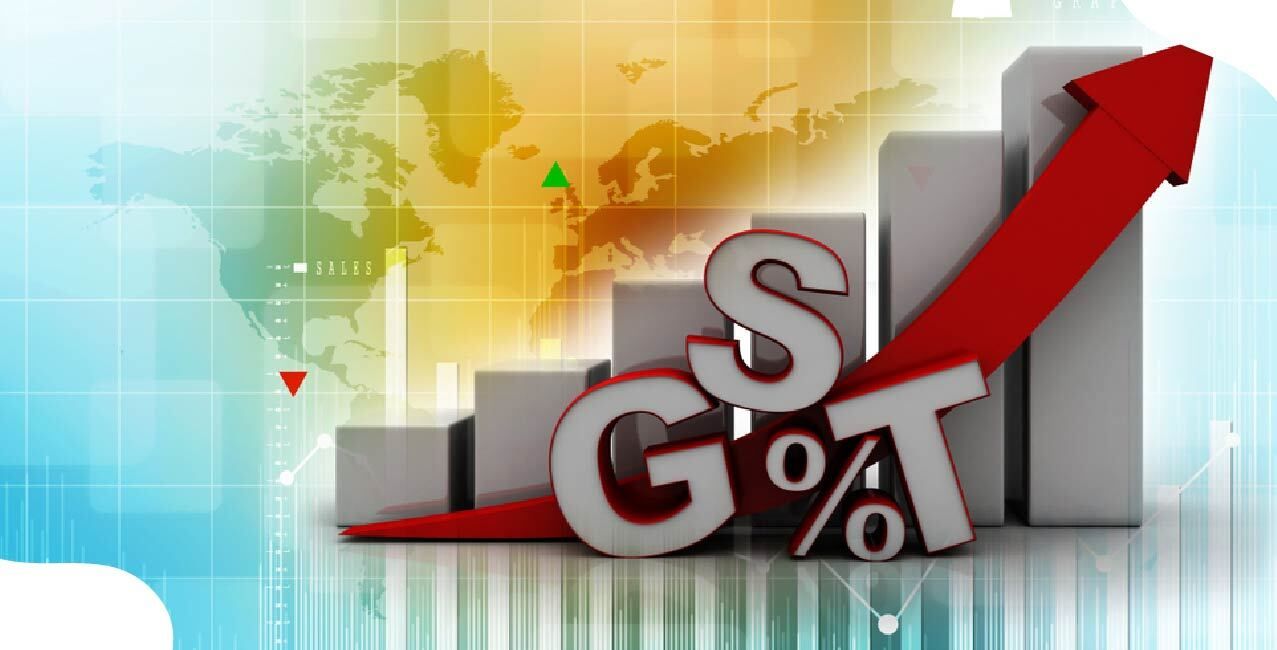
Author
LoansJagat Team
Read Time
4 Min
18 Aug 2025
GST Overhaul: Majority of Items to Face 5% or 18% Tax, Luxury Goods Could Rise to 40%
Narendra Modi, on behalf of the central government, promised a ‘GST-Reform’ as the GST Council reaches its eighth anniversary since its launch in 2017. The finance ministry has simplified the system of this indirect tax and will present the changes to other states.
The GST Council, comprising finance ministers from the Centre and states, is expected to review and possibly approve the proposal in its upcoming meeting scheduled for September or October. The proposal coincides with the eighth anniversary of GST, which has become one of India’s landmark tax reforms.
Coming on the back of the Union Budget 2025’s decision to make income up to ₹12 lakh tax-free, the GST revamp announcement by PM Modi has come as another big relief for the common man, especially the middle-class.
The Multi-Slab System of GST Since 2017
A key issue is the complexity of the multi-slab system. While the 18% tax rate generates 65% of total collections, the 12% slab accounts for just 5% of the total GST revenue.
This uneven yield creates administrative complexity without significant fiscal benefit. The system also includes special rates like 0.25% for diamonds and 3% for jewellery, along with exemptions on essential items such as food and medicines.
Read More – Impact of GST on the Indian Economy: Benefits & Challenges
Currently, the slabs are:
- Nil (0%): Food, education, essential medicines
- 5%: Daily use items
- 12%: Standard goods
- 18%: Electronics and services
- 28%: Luxury and sin goods
Additionally, Compensation Cess applies to products such as tobacco, aerated drinks, and cars.
Revenue distribution from current GST slabs:
Supporting Atmanirbhar Bharat
This structural change supports Atmanirbhar Bharat by making domestic products more competitive.
When businesses can use their Input Tax Credit (ITC) smoothly, Indian manufacturers reduce costs and gain a fair edge in global markets. The simplification also strengthens MSMEs by lowering compliance burdens.
Change from Multi-Slab to Two-Slab GST System
The biggest reform will be the simplification of four slabs into two: 5% and 18%.
- 99% of items from the 12% slab will shift to 5%
- 90% of items from the 28% slab will shift to 18%
This means everyday goods like packaged foods, butter, and hair oil will get cheaper. Meanwhile, middle-class items such as ACs, refrigerators, and TVs will move to the 18% slab, providing significant relief.
Expected new GST rates compared with the old system:
Key benefits of reform:
- Structural reforms: Align input-output taxes, reduce disputes, ensure clarity.
- Rate rationalisation: Lower burden on essentials and aspirational goods.
- Ease of living: Technology-driven registration, pre-filled returns, automated refunds.
Pre-Filled Returns: Technology for Compliance
The third pillar of GST 2.0 is technology integration. Pre-filled returns, faster refunds, and smoother registration will reduce compliance headaches, especially for MSMEs.
Tax experts say the 12% slab will likely be removed. Insurance products may also see rationalised rates.
Electronics like washing machines, TVs, fridges, and cement are expected to benefit the most, moving from 28% to 18%.
There is also discussion of a 40% slab for tobacco, pan masala, and online gaming, keeping harmful goods costlier.
What is Inverted Duty Structure?
An inverted duty structure occurs when the tax rate on inputs (raw materials) is higher than the tax rate on the final product.
Imagine making a cake. If you pay high tax on flour, sugar, and butter but a lower tax on the cake itself, you end up with excess credit you cannot use. This creates inefficiency and higher costs for businesses.
What is Input Tax Credit (ITC)?
Input Tax Credit allows businesses to reduce the tax they already paid on raw materials while calculating their final tax liability.
Think of it like a prepaid phone balance. If you have already “paid in advance” for raw materials, you should get to use that balance when you sell the finished product. This ensures businesses don’t pay double tax.
What Sectors May Benefit?
While clarity is still awaited for automobiles and petroleum products, several industries stand to gain.
Also Read - Finance Ministry Plans Two-Tier GST Structure; Special Rates on Key Items, Council Meet in September
Likely beneficiaries include:
- Textiles
- Fertilisers
- Renewable energy
- Handicrafts
- Agriculture
- Health and Insurance
Old vs New GST Regime Compared
When is the Next GST Council Meeting?
The GST Council is expected to meet twice in September 2025 to finalise the changes. The rollout is likely by Diwali 2025, making it a true “Double Diwali Gift” for taxpayers and businesses.
Conclusion
The proposed GST revamp promises to simplify India’s indirect tax structure and ease the burden on households and businesses alike. With 99% of 12% slab items dropping to 5%, and 90% of luxury goods moving to 18%, the reform could significantly boost consumption.
If approved, GST 2.0 will mark a new era of ease of living, simplified compliance, and Atmanirbhar Bharat-driven competitiveness—just in time for Diwali celebrations.
About the Author

LoansJagat Team
‘Simplify Finance for Everyone.’ This is the common goal of our team, as we try to explain any topic with relatable examples. From personal to business finance, managing EMIs to becoming debt-free, we do extensive research on each and every parameter, so you don’t have to. Scroll up and have a look at what 15+ years of experience in the BFSI sector looks like.

Quick Apply Loan
Subscribe Now
Related Blog Post

LoansJagat Team • 10 Jun 2025

LoansJagat Team • 06 Jun 2025

LoansJagat Team • 22 Sep 2025